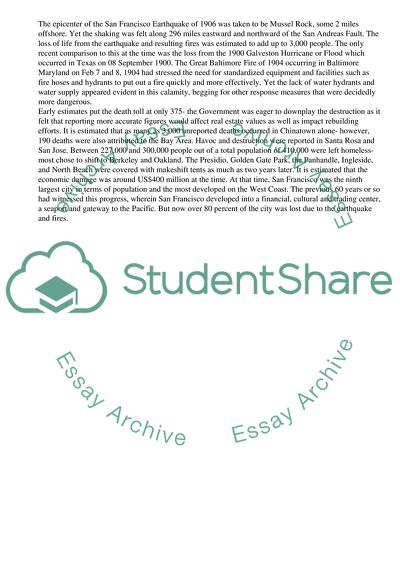Cite this document
(Firefighting Methods after the San Francisco Earthquake of 1906 Research Paper, n.d.)
Firefighting Methods after the San Francisco Earthquake of 1906 Research Paper. Retrieved from https://studentshare.org/management/1770136-fire-prevention-research-project
Firefighting Methods after the San Francisco Earthquake of 1906 Research Paper. Retrieved from https://studentshare.org/management/1770136-fire-prevention-research-project
(Firefighting Methods After the San Francisco Earthquake of 1906 Research Paper)
Firefighting Methods After the San Francisco Earthquake of 1906 Research Paper. https://studentshare.org/management/1770136-fire-prevention-research-project.
Firefighting Methods After the San Francisco Earthquake of 1906 Research Paper. https://studentshare.org/management/1770136-fire-prevention-research-project.
“Firefighting Methods After the San Francisco Earthquake of 1906 Research Paper”, n.d. https://studentshare.org/management/1770136-fire-prevention-research-project.


